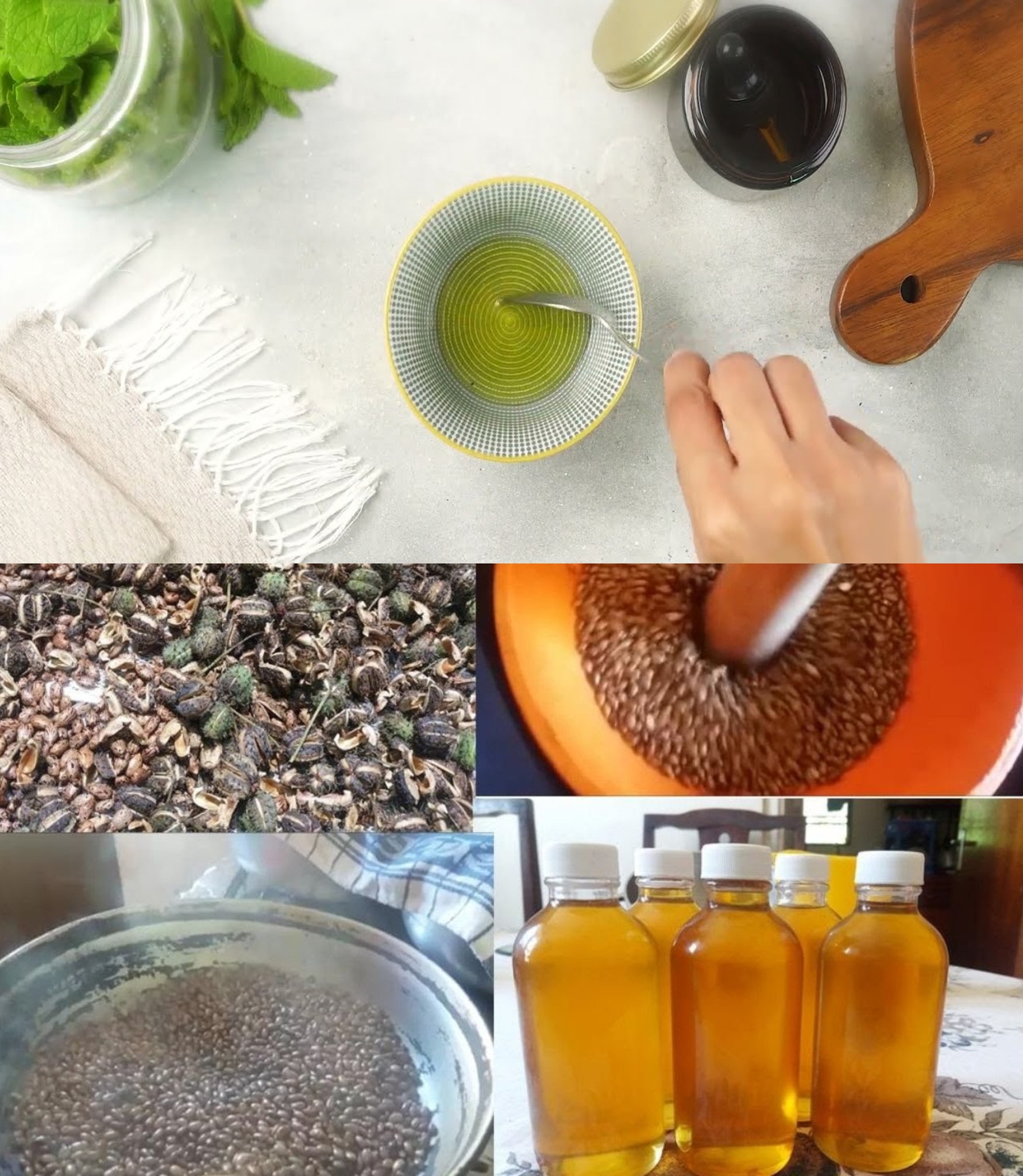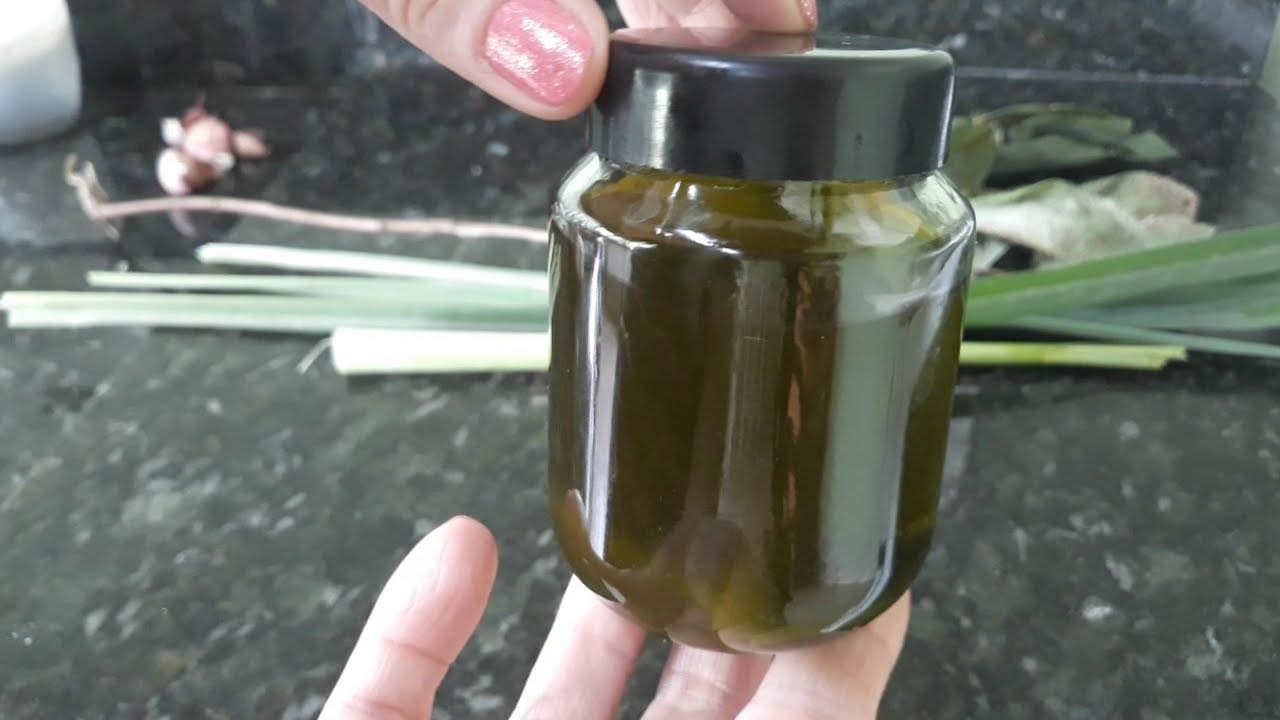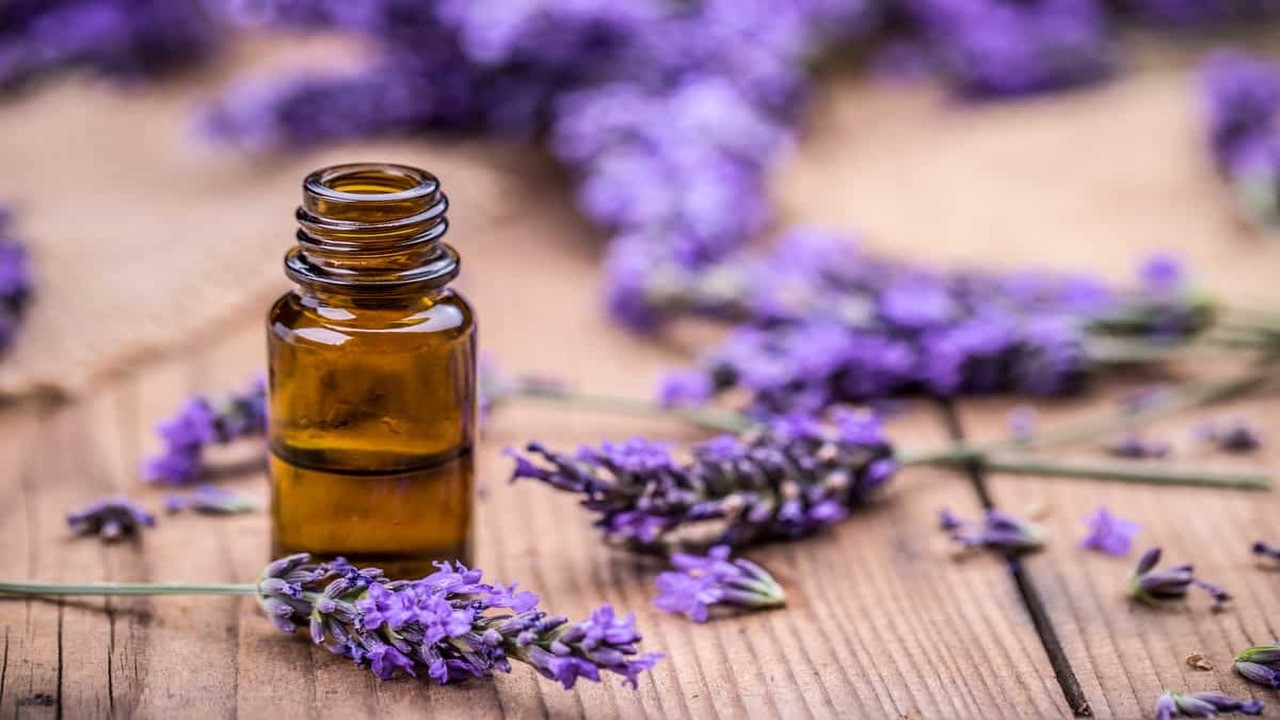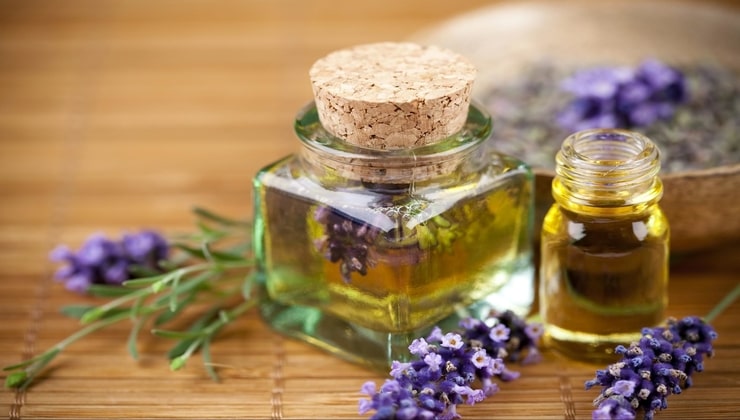
There are multiple methods for extracting essential oils from plants, but one stands out as the quickest and most effective. Let’s delve into the details.

Essential oils, responsible for the delightful fragrances of plants, have been esteemed and utilized since ancient times. Their journey has witnessed fluctuations, with periods of prominence alternating with obscurity, often linked to advancements in synthetic compounds and chemistry. However, since the 1990s, essential oils have experienced a renaissance, gaining renewed popularity and attention, especially in the realm of aromatherapy for healing and relaxation.
These oils play a role in enhancing physical, emotional, and mental well-being, contributing to an improved quality of life. Understanding the process of extracting oil from fragrant plants is fascinating and, surprisingly, achievable at home with relative ease.

To embark on this endeavor, you’ll need a 12 L distiller, a gas or electric stove, water, and aromatic plants like mint, lavender, thyme, rosemary, savory, and sage, known for their rich concentration of essential oils. Approximately 2 kg of freshly harvested plants during their balsamic period, when active compounds are more concentrated, are sufficient for the process.
Extracting Essential Oil from Plants through Distillation
Steam distillation emerges as the go-to technique for obtaining essential oils. In this process, steam is employed to separate substances with different boiling points. Steam, generated by boiling water, carries aromatic molecules from the plant cells as it passes through the plant matter in the still.
These aromatic molecules, being highly volatile, easily vaporize. The vapor, along with water vapor, passes through a condenser, returning to a liquid state. Due to their lower density than water, essential oils naturally sit on top of aromatic water. A separating funnel can be used to separate the two immiscible fluids.
The distilled products include the pure essential oil and aromatic water, also known as hydrosol. Aromatic water, far from being a mere by-product, holds value and can serve various purposes, from ironing water to facial toner and a potent antiseptic for plants.
Freshly distilled essential oils may not always be fragrant, requiring a maturation period, usually lasting several weeks, for the oil to reach its ideal aroma.

Storing Essential Oils
Handling essential oils with care is crucial due to their delicate nature, making them susceptible to rancidity and deterioration, potentially leading to the loss of natural fragrance and the development of harmful substances. To preserve their integrity, store them in dark glass containers, shielded from direct exposure to light and heat.
Given their concentration and active molecules, some of which can have toxic effects, essential oils should be used sparingly in drops, and seeking expert advice is recommended to avoid potential harm.